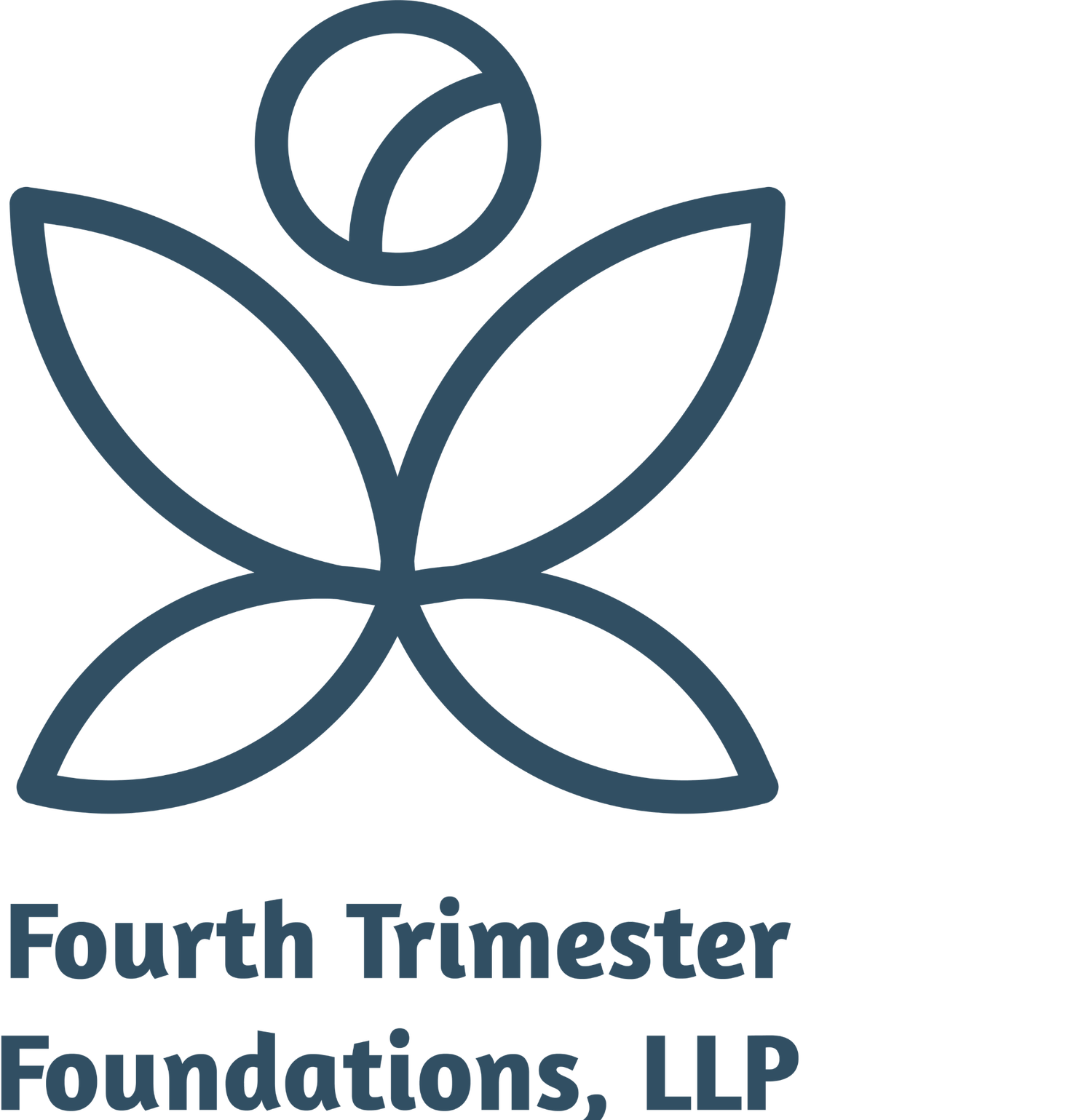Eating and drinking during labor, it is your right
Think of a time when you were doing one of the most physically and emotionally exhausting experiences you’ve ever done.
Now imagine doing it with no solid foods and only clear liquids with limited options. Non-birthing marathon runners, Olympians and those who climbed Mt. Kilimanjaro cannot relate. But somehow, most laboring people can relate. Especially those who have birthed their babies at a hospital.
Many current in-hospital policies are not even close to up-to-date on the most current evidence-based and autonomy-based practices on “permitting” eating or drinking during labor.
Photo credit: Colby Tulachanh of The House of Wild
First, let's talk about WHY this is the policy in many birthing hospitals.
In the past, providers opinions, standard practice and research indicated that eating or drinking during labor would increase the risk of aspiration. Aspiration is when vomiting occurs into mouth when under anesthesia, leading to going down the airway for risk of infection. The actual incidence of the aspiration is so low, the American Society of Anesthesiology states they cannot accurately describe it.
It has only been 13 years since United States OB guidelines even allowed clear liquids in labor, it used to be no food or drink at all. In the United Kingdom, they recently made the change to allow eating and drinking during labor, and the research shows outcomes related to the aspiration concern did not change.
Hospitals have the stance that laboring people should have an empty stomach in case they need emergency surgery under general anesthesia. But in year 2022, the need for a Cesarean birth under general anesthesia without the proper safety measures able to take place is extremely rare.
Now let's look at HOW the body reacts to labor in terms of nourishment.
Once labor starts, digestion slows. Stomachs aren't really ever empty when not eating or drinking in labor. Most people in labor, naturally limit their intake as labor gets stronger. 2/3 of parents report having nausea in labor, 1/3 report vomiting in labor. Carly and Meg had nausea in one of their labors and vomiting in two of them!
Labor calorie/energy needs are often comparable to that of running a marathon. Taking in carbs during intense exercising, like marathon running, leads to less fatigue and higher performance. Taking in carbs during labor should be no different. If someone in labor wants to eat or drink to increase energy, reduce fatigue or just to be generally in a better mood, the option should be there. We, under the guidance of Evidence Based Birth and their latest evidence-based review, believe it is the right of everyone to make their own nourishment choices.
Of course in high-risk situations, making this choice and informed consent can look different. But regardless of risk status, not having the option for food or drink is not okay.
We are telling you this not because we are asking you to go against the rules of your birthing facility. We are telling you this so you can make your own decision on something that is ultimately your right and a basic human need, while at the same time being something that is such a low risk. We want to open your eyes to options your birthing facilities, which are strict on eating in labor, may not have put into practice yet. Research and inform yourself, ask open-ended and educated questions to your provider, look into working with a doula if your finances allow. Those in labor who are at increased risk for needing a Cesarean birth, have high blood pressure, gestational diabetes or type I/II (just to name a few) may need an extra people in their corner to let eating or drinking happen with less resistance.
One more time for those in the back: eating drinking in labor is physiological and normal. You have the right to nourish yourself and your baby during one of the most difficult physical experiences of your life.
The end.
We thank Evidence Based Birth® for doing the thorough research on this topic and putting together their signature article as a resource for all.
Check out the article here, and see all of the sources and studies they used to back up their findings.
Your postpartum nurses Meg and Carly here to prepare you for postpartum and beyond. We want to make sure you have the education you need to care for your own healing body after birth, not just your baby.
Postpartum prep courses occurring virtually and regularly intended to be taken during pregnancy are now open for registration. Then join us in our online community for the growth, support and empowerment to continue <3


